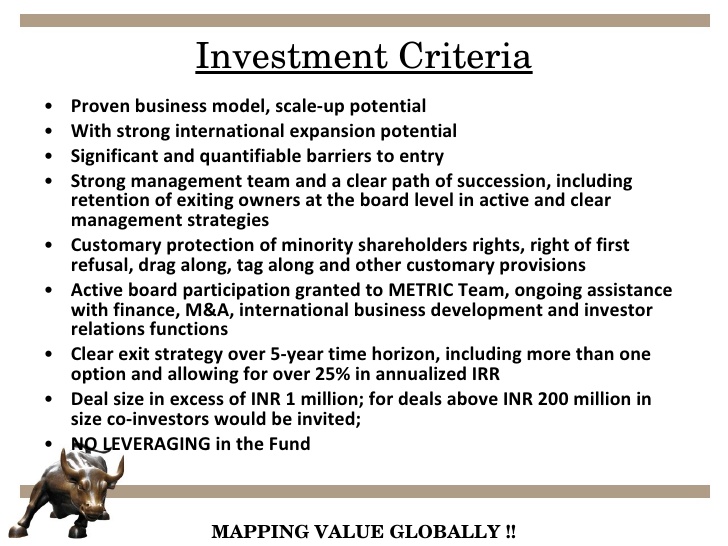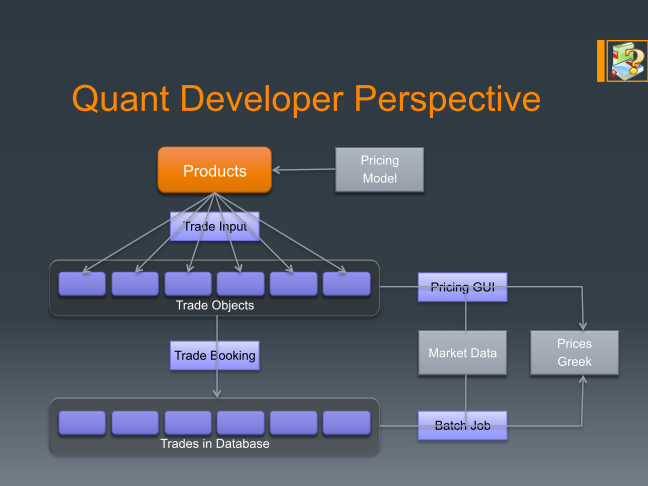PE funds are very selective in their investments. Some of the key parameters (Private Equity’s Investment Criteria) that influence their decision making are as follows:
-
Attractiveness of industry
As mentioned in the previous chapter, PE funds have their preferred sectors. These are part of the investment charter of the fund, based on which anchor investors and other investors invest in the fund. These sectors are selected based on relative growth prospects of different parts of the economy (besides expertise of the GPs of the fund).
When the industry is doing well, it is easier for companies within that industry to grow. On the other hand, if the sector is stagnant, it is challenging for any company from that sector to perform – even more so, if it is an early-stage business. Therefore, one finds that most funds that provide growth capital have an investment charter to invest in the fastest growing sectors of the economy.
One of the most comprehensive frameworks for an industry analysis was explained by strategy management guru, Michael Porter in “Competitive Strategy: Techniques for Analysing Industries and Competitors” (The Free Press, 1980) and “Competitive Advantage: Creating & Sustaining Superior Performance” (The Free Press, 1985).
In what has come to be called Five Forces model, Porter argues that the attractiveness of any industry and its profitability depends on the interplay of five forces –
- Industry competitors – the rivalry among existing firms. Greater the rivalry lower the attractiveness of the industry for companies in the industry.
For instance, Airlines, FMCG, consumer electronics and computer hardware industries are characterised by intense competition. On the other hand, there is little competition in power transmission.
- Bargaining power of buyers – Higher the buyer’s bargaining power, lower the margins in the industry.
Buyers of pharmaceutical products have little bargaining power. They buy what the doctor / pharmacist recommends. This gives flexibility to the manufacturers to price the products high. In India, the price of essential drugs is controlled by the regulaters. This protects the buyers to some extent.
- Bargaining power of suppliers – Some of the metal and power companies are heavily dependent on coal, which is characterised by a monopolistic situation in India. Imports come with incidental transportation costs, import duties etc. The margins of these companies therefore tend to be under pressure.
- Threat of substitutes – Higher the threat, lower is likely to be the margins in the industry. Low rail freight rates ensure that road transporters cannot charge very high freight rates.
- Threat of new entrants – Greater the threat, lower is likely to be the margins in the industry. Some industries like photography, consumer electronics and telecom handsets have experienced a blurring of boundaries. The standalone cameras and music players face a threat from handsets. Switch from chemicals to digital in photography caused huge problems for erstwhile leader, Kodak. Threat of new entrants keeps pricing under check to some extent.
-
Strategic position of the business
Power and profits flow from the strategic position of a business in its sector. Despite attractiveness of the industry, a PE fund may not invest if it finds that the proposed business is not likely to have a strong strategic position in the industry.
In established industries, the larger companies are likely to enjoy a dominant strategic position. New and evolving industries keep throwing up opportunities for newer players to acquire such dominance.
-
Promoter background
Promoters with a strong background in the industry are preferred by funds. Besides industry background, funds also look at general reputation of the promoters for transparency and fair dealings and respect for law. Funds will not invest in businesses promoted by people who have a reputation of going on the wrong side of law or adopting unfair business practices.
-
Management team
Beyond promoters, funds are interested in the depth and longevity of the management team. Ideally, all key functions should be manned by capable professionals who have a long relationship with the promoters, even if the association is not as part of the current organisation. For example, they may have worked together in an earlier organisation. Stronger the management team, greater the chances of the business surviving difficult economic environment or competitive challenges.
-
Revenue Model
Profits are earned out of revenues. So PE investors focus on understanding the revenue model of the business. More the streams from which the revenue can be earned, stronger is considered to be the revenue model.
For example, an internet portal may have revenues in the form of advertising revenues, transaction charges from buyers, margins from sellers, registration charges from sellers, share of revenue of service providers etc.
-
Scalability of Business
Funds are interested, only if the business is capable of being scaled up profitably. Challenges to scalability may come from various angles. For instance, the promoter may become a bottleneck, if he does not let the management work with appropriate level of delegation. The business model may be heavily dependent on capital or people, or it may be difficult to replicate acceptable quality, or sales may be subject to arbitrary licensing policy of the government. All these are red flags for funds, from the point of view of scalability.
Funds do provide inputs to the promoters and management on how to address some of these challenges. They may invest if they feel comfortable that the promoters will implement the suggestions.
-
Professional Business Practices
Over the years, certain business practices have become the hallmark of professional management. For example, a system of preparing long term plans that are challenging and realistic; a culture of setting credible budgets for expenses, and monitoring variances; prudence in planning for funds and managing the funds well; regular and timely performance reporting. Many of these processes are spear-headed by the finance team. Therefore, funds take a close look at the strength of the CFO and the overall corporate finance team.
-
Corporate Governance
In the long term, businesses thrive when they address the needs and expectations of all stake-holders viz. customers, suppliers, employees, lenders, investors etc. Funds expect a good corporate governance culture.
In many early stage enterprises, a corporate governance culture may not exist because promoters and managers are too focused on meeting day to day challenges. In such cases, funds look for openness of the promoters to create such a culture.
For example, funds may seek more independent directors and lesser role of family in the management of the business. If the funds find promoters amenable to make the requisite changes, they are prepared to invest, if other parameters are favourable. If you have some other Private Equity’s Investment Criteria, please feel free to comment below.












